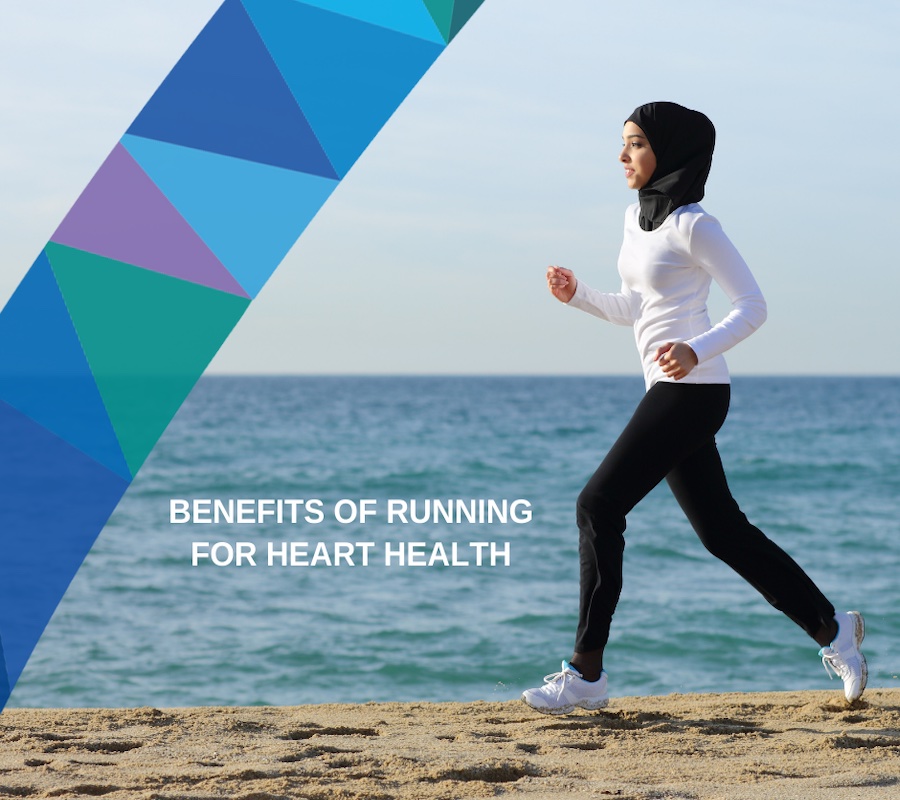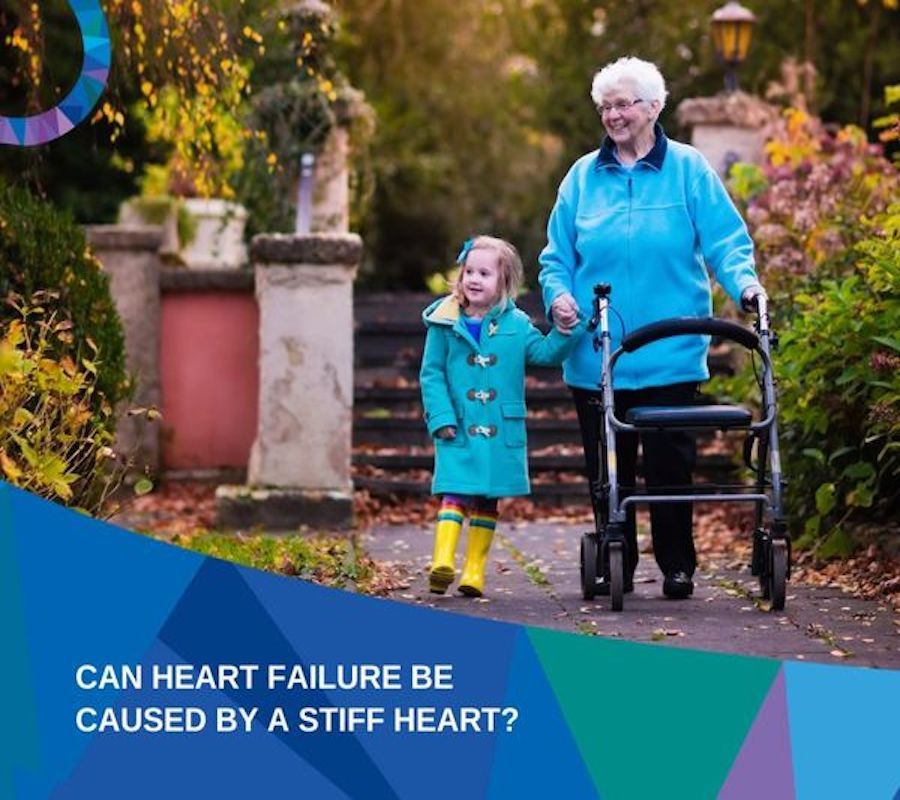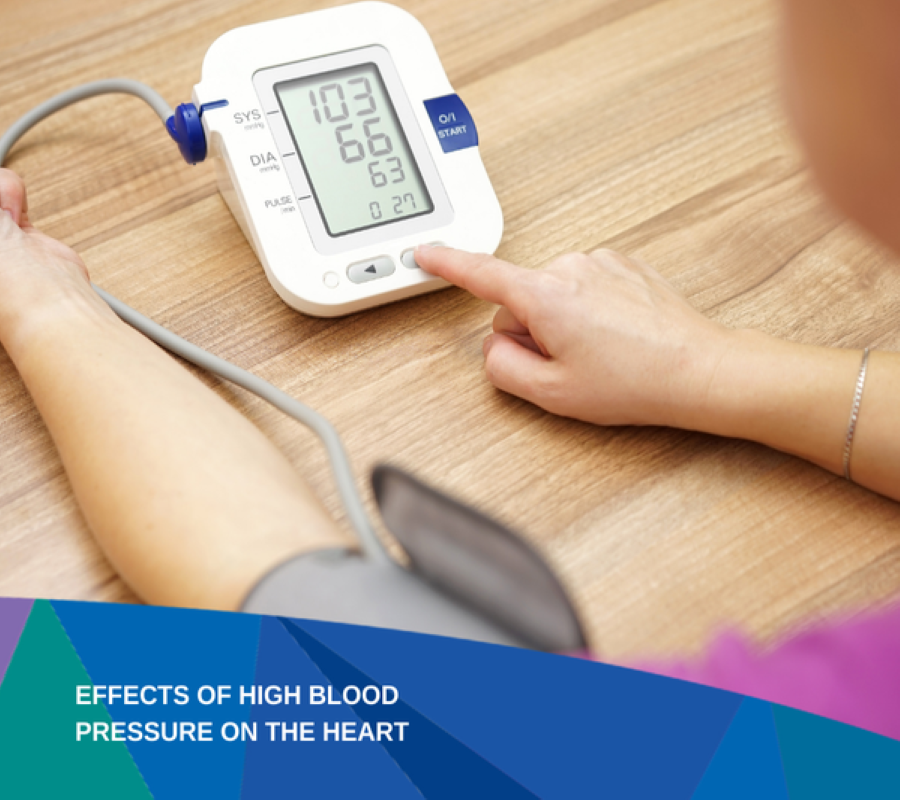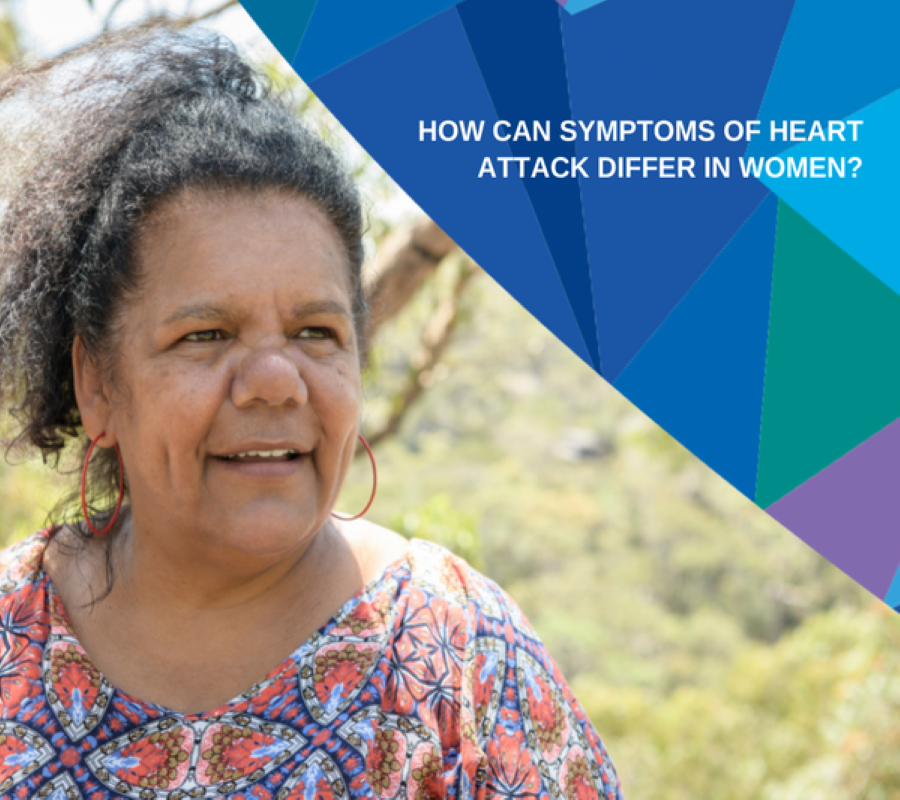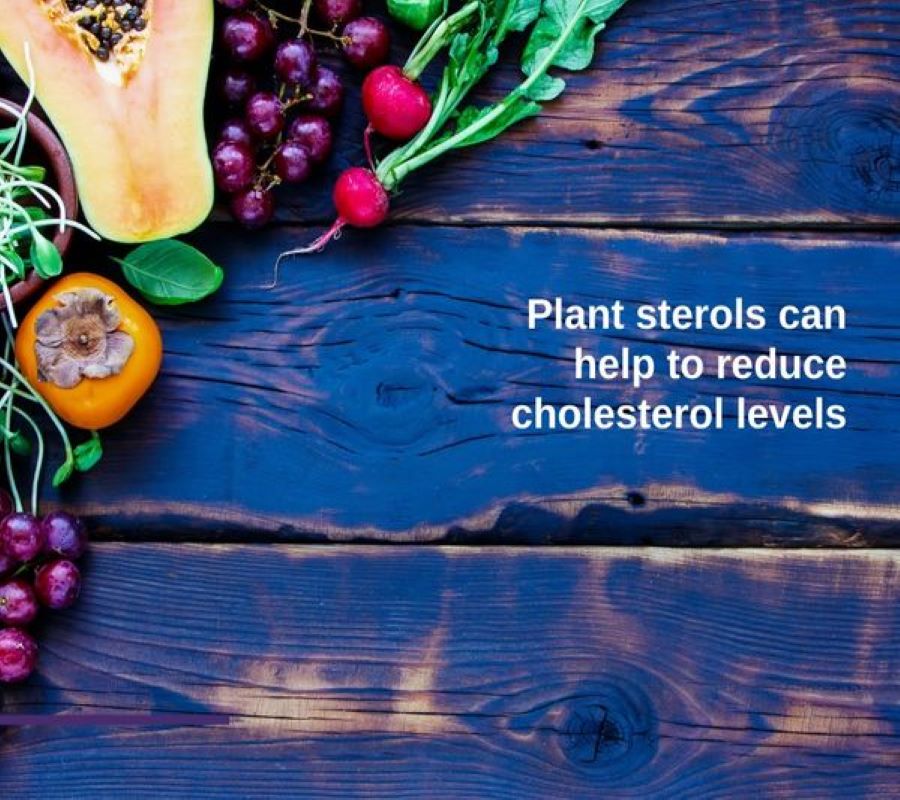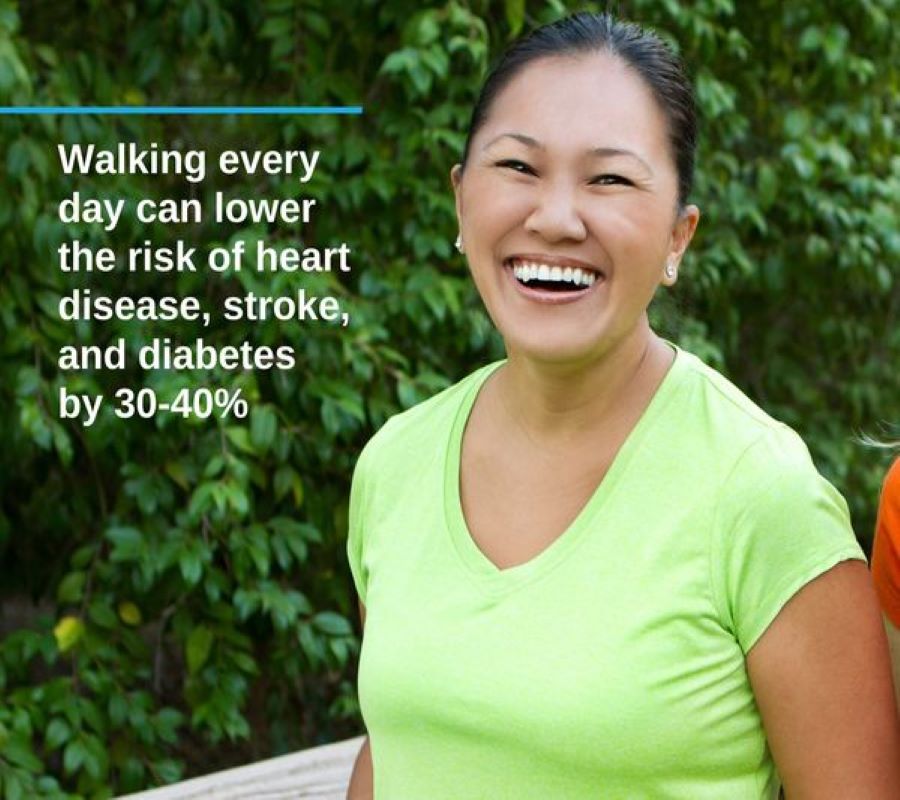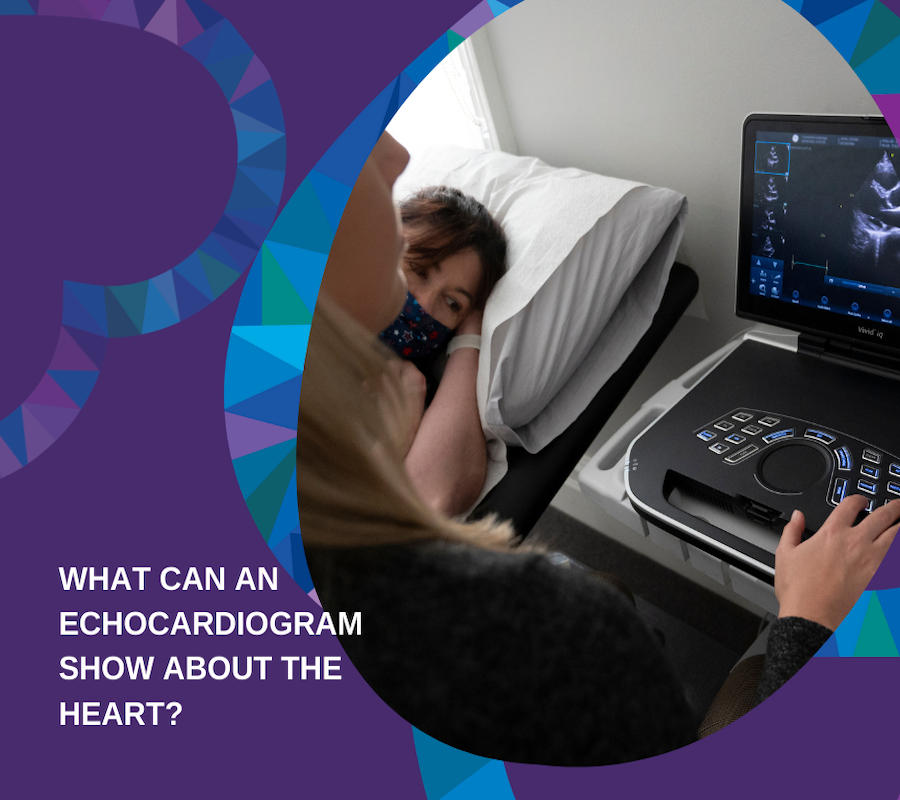
An echocardiogram is an ultrasound of the heart. It’s used to assess the function and structure of the heart in a wide range of cardiac conditions.
Doctors can learn a great deal about the heart from an echocardiogram. Among other things it can show us:
- How well the heart is pumping, by measuring left ventricular ejection fraction
- Whether there are any problems with blood flow through the coronary arteries, by measuring variability in wall motion in the left ventricle
- Heart valve problems like stenosis (narrowed valves) or regurgitation (leaky valves)
- Problems with the right ventricle
- Evidence of shunting (abnormal connections between chambers) or other inherited cardiac conditions.
An echocardiogram takes about half an hour. The sonographer asks the patient to lie on their left side then attaches several electrodes to monitor their heart rhythm. A probe is applied to several different positions on the chest with some ultrasound gel. Some patients will need repeat echocardiograms to monitor their heart condition over time.
This article is for reference purposes only – it is not designed to be, nor should it be regarded, as professional medical advice. Please consult your own medical practitioner for health advice specific to your condition.

